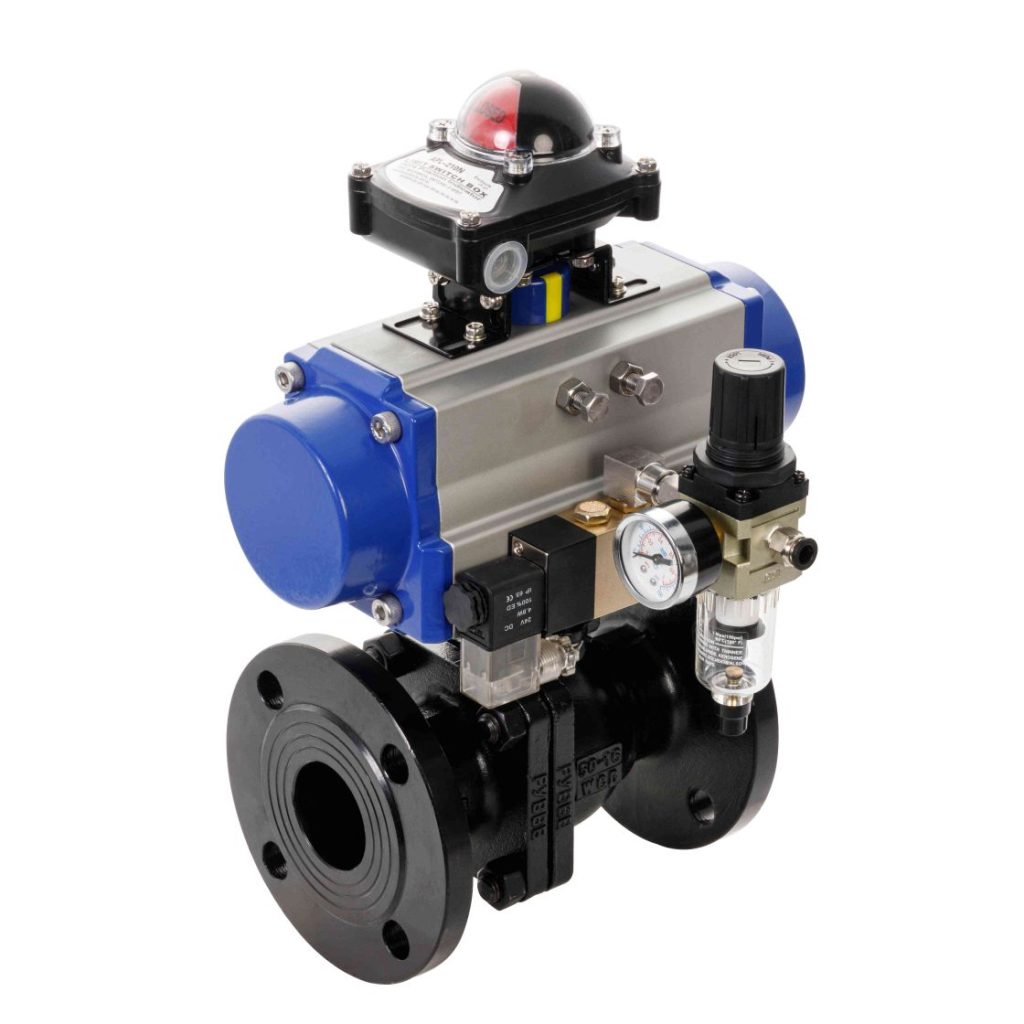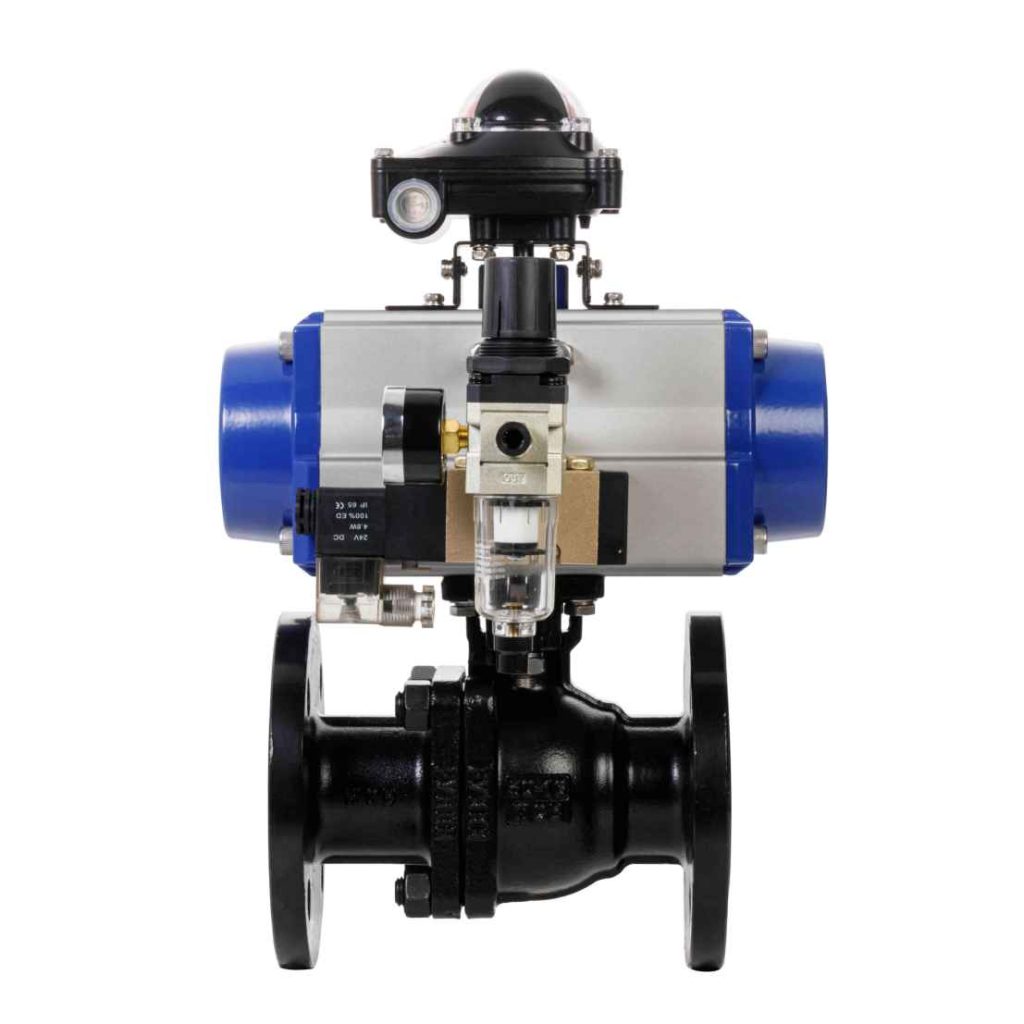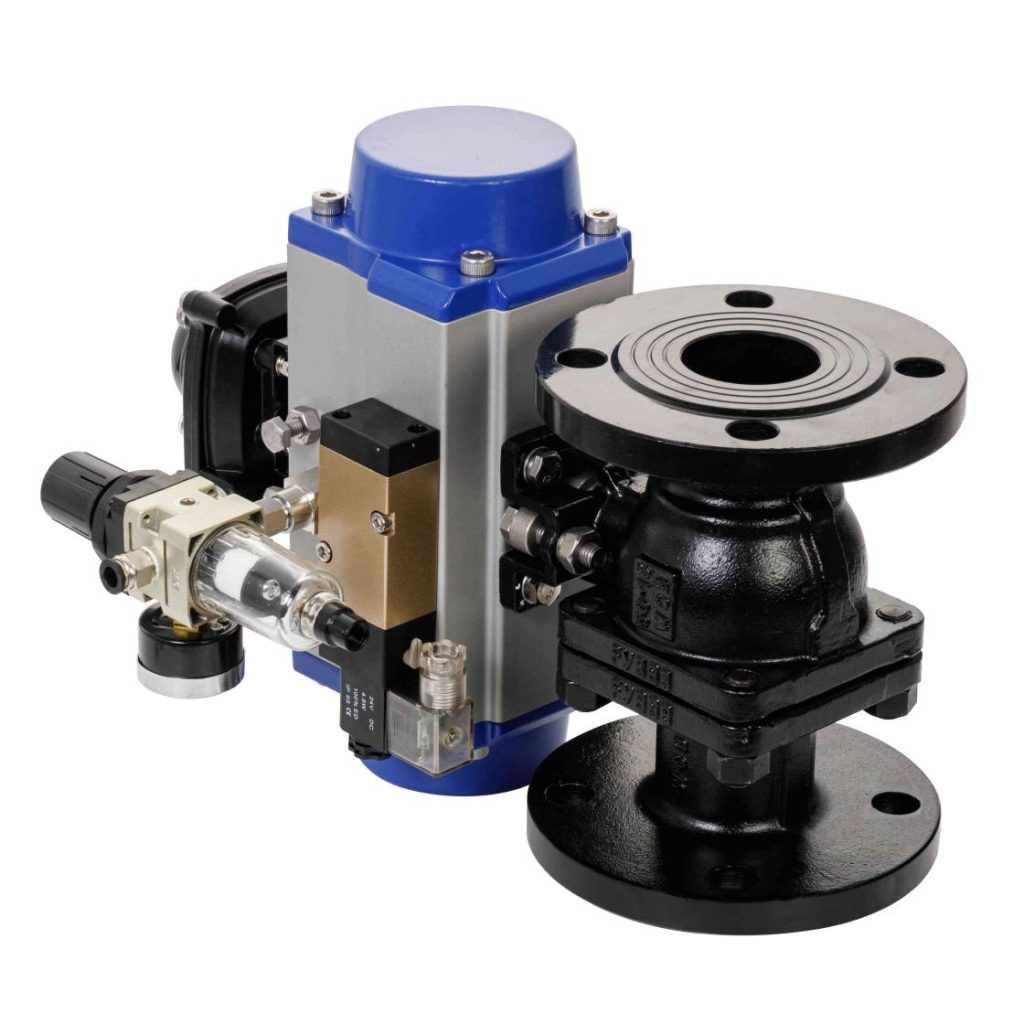A Pneumatic Ball Valve is a type of quarter-turn valve widely used in various industries for controlling the flow of liquids, gases, and slurries. As an essential component in fluid control systems, this valve combines mechanical strength with operational efficiency, offering several advantages, particularly in automated systems. This article aims to explore the functionality, working principles, applications, and benefits of pneumatic ball valves in industrial settings.

What is a Pneumatic Ball Valve?

A pneumatic ball valve is a valve that is operated by air pressure to control the opening or closing of a spherical ball with a hole or port through it. The ball rotates 90 degrees to either allow or block the flow of material through the pipe. These valves are specifically designed to handle high pressures and flow rates, making them suitable for a wide range of applications. Unlike manual or electrically operated valves, the pneumatic actuator provides remote control capabilities, offering enhanced precision and speed. The pneumatic actuator, powered by compressed air, can either open or close the valve quickly and precisely, making it ideal for systems that require automated operation.
